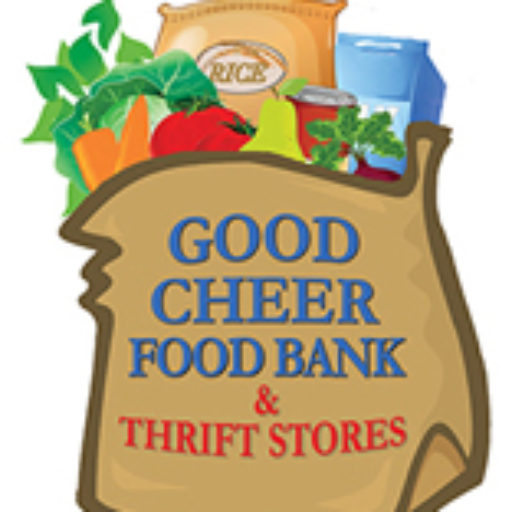Good Cheer is fortunate to have access to and partnerships with several local markets and farmers. The Bayview Market is a few minutes’ walk away, making access easy for the gleaners when they make the weekly trip to the market. The local Rotary Club gleans and delivers fresh produce each week, including leftovers from the Organic Farm School’s weekend market in Seattle. There are two other local, smaller farmer’s markets which are gleaned occasionally when volunteers and space are available.
The key elements of market recovery are: markets, delivery, packaging, volunteers, storage space, training, and possibly kitchen space if there is any processing to be done.
· Markets (or local farmers who bring back unsold produce from a market) are the obvious first step. This is where an organization needs to develop a relationship, both with the market management and with the farmers who operate stands themselves. Talking to people in person is crucial here – just posting on social media or putting up fliers won’t make this possible.
· The next thing to address is delivery – how will the gleaned food get from the market to the food bank or storage area and then on to distribution? Good Cheer is fortunate in that the Bayview market is within walking distance, but even so at the height of the season a vehicle was required to bring back the bins full of produce (the most gleaned in one day was 300+ lbs, way too much for one or two people to pull with a cart!).
· Gleaning, delivery, and repacking both require volunteers; it’s possible for one crew to do all of this, but much easier to divide tasks up between multiple crews, with a few backup helpers on call as needed.
· After gleaning comes repacking; almost all produce recovered from the market must be packaged for display in the store. This task is undertaken by volunteers on the Monday after the weekend gleaning and as needed on other days.
· Storage space (and the amount of space) is also a consideration. Where will the produce go between the market and distribution? Currently, Good Cheer uses a walk-in refrigerator to store everything, but thanks to a grant from the local garden tour, additional storage in the form of a cool-bot (link) is being built to store overflow produce.
· Training - If the produce is to be repacked for distribution to clients, volunteers will need to be instructed on how and what – how much goes in a bag or box? How will it be labeled? What are the food safety requirements?
Food safety requirements are an important part of volunteer and staff training; if an organization is doing any kitchen processing, it is important for all staff and volunteers to have food handler’s cards and understand safe food handling practices.
Access to a kitchen is also necessary for processing – if there isn’t a kitchen on site, local schools or churches could be a good place to start looking for shared kitchen space. On South Whidbey, one local organization, WIN (link here) borrows an unused school kitchen to make weekend and summer lunches for kids in the school lunch program.

